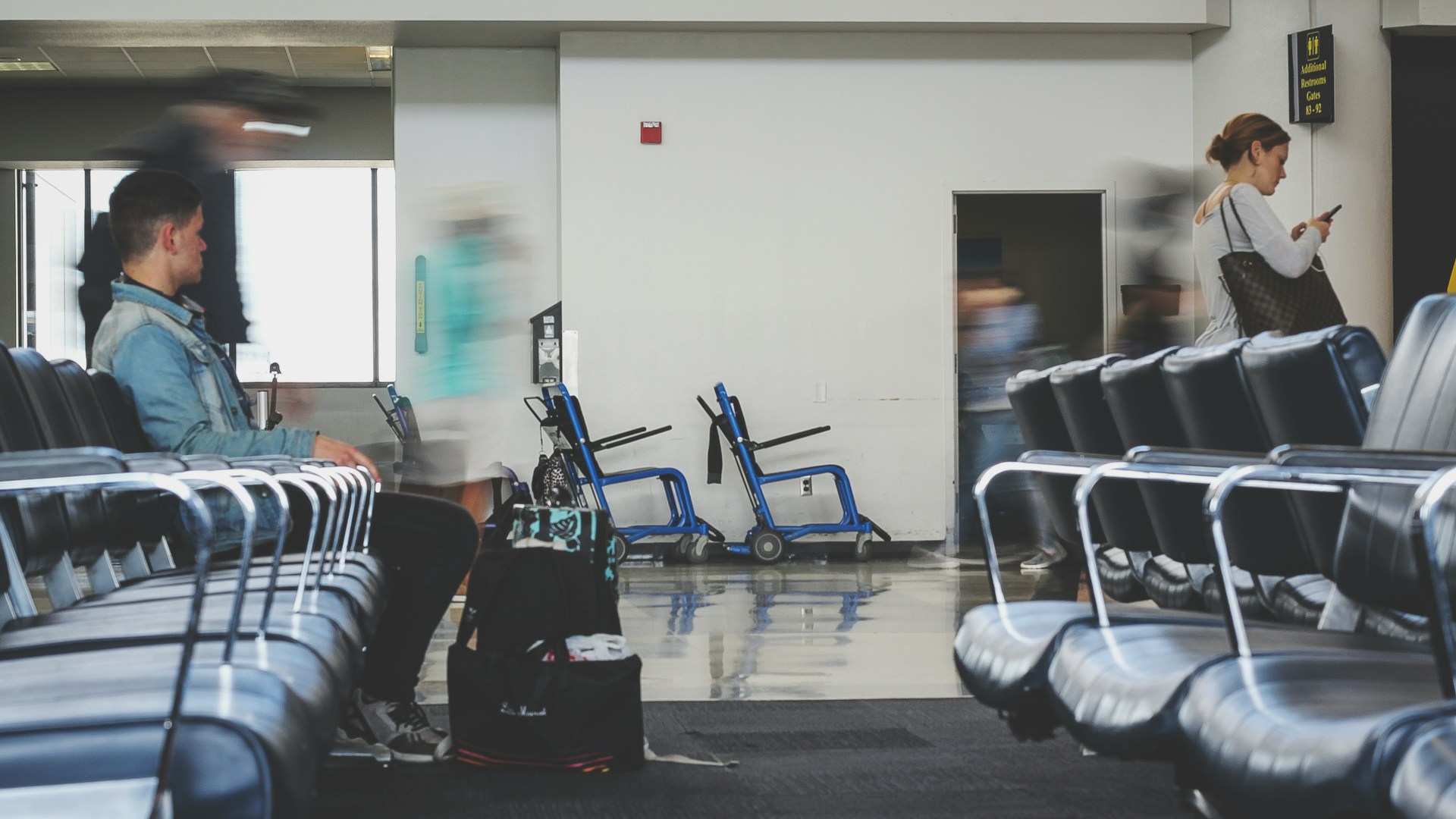
Frustrated in the Hospital Lobby? Redesigning for a Smoother Experience
Hospitals are supposed to be places of healing, but let’s be honest – the lobby can often feel like the opposite. Long wait times, confusing layouts, and cumbersome check-in procedures can leave patients and visitors feeling stressed and anxious.
We embarked on a project to understand the frustrations people face in hospital lobbies. Through research and user-centered design principles, we aimed to create a solution that would improve the overall experience.
Research: Understanding the Lobby activities
Our research began by taking a deep dive into the hospital lobby environment. We observed the various activities taking place, from check-in and registration to information seeking and simply waiting. We identified two key user groups: One – Patients and Visitors and Two – Doctors and Nurses with the hospital staff who navigate the space to support them.
Next, we looked into the emotions associated with the lobby experience. Words like “anxiety,” “confusion,” and “frustration” emerged frequently. This helped us pinpoint the specific areas causing the most stress, particularly during check-in and finding information about departments or appointments.
Ideation & Solution Development: Streamlining the Lobby Journey
Based on our research findings, it became clear that a solution was needed to address two main goals:
1. Reduce wait times and streamline the check-in process: This would free up valuable staff time and alleviate patient anxiety.
2. Enhance information accessibility: Clear and readily available information would empower patients and visitors to navigate the hospital with confidence.
Through brainstorming and exploration, we explored various possibilities. The idea of an Ai assisted self-service kiosk emerged as a strong contender. But with AI technology still relatively new in healthcare settings, we need a kiosk design that would be intuitive and user-friendly, not intimidating.





